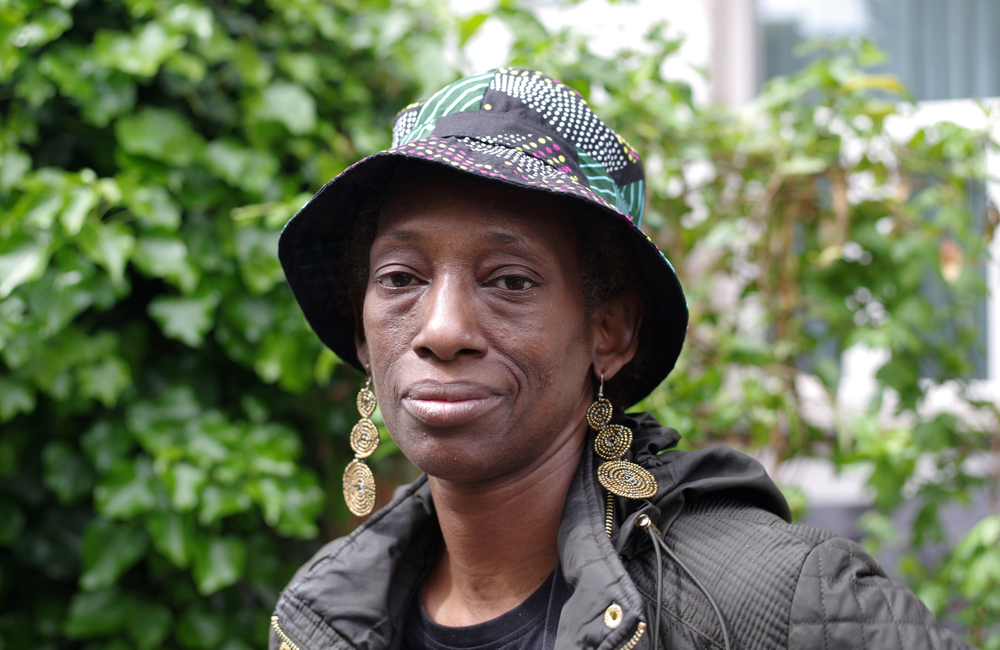
- Women, girls, trans people and people over 50 years are grossly underrepresented in HIV cure research.
- Three-quarters of HIV cure studies are conducted in Europe and North America.
- This neglects Africa, a region with high HIV prevalence and huge viral diversity.
- Researchers from high-income countries are now collaborating with institutes in Africa to do cure research.
A challenge in HIV cure research is that it does not include enough of the populations most likely to have HIV and who would most benefit from cure research. A study published of cure studies conducted in the US in 2019 found that only half of the scientific publications reviewed reported any demographic data from their study populations, less than half reported gender data, and only eight out of 55 studies reported ethnicity data.
According to 2023 figures from the Treatment Action Group, women and girls made up only 20% of participants across 124 cure trials globally, even though women make up the majority of people with HIV. Black people made up 23% of the total. Despite their heightened risk of infection, there were only 19 trans people across the 124 trials.
Another survey by the US National Institutes for Health in 2019 found 162 cure studies. This showed that older people are even more under-represented: only 7% of trial participants were over 50. Geographically, three-quarters of studies were conducted in North America or Europe, with just 19 studies in sub-Saharan Africa.
This is not just unjust; it is also short sighted. The way individuals react to HIV and their risk of clinical progression varies considerably across different populations. Women make up the majority of cases of apparent elite control worldwide and it has been known for a long time that women tend to have lower viral loads than men and lower rates of viral transcription. The sex hormone oestrogen appears to act as a suppressor of immune-cell activation.
Investigating how oestrogen works could result in the discovery of drugs that do the same thing. Female hormones could also have similar effects in trans women. Oestrogen levels drop after menopause, implying that older women might lose some of the apparent viral suppression activity it confers.
Restricting cure research to people of White ethnicity, and especially excluding people from sub-Saharan African ethnicity, may also place cure research at a disadvantage. Virulence and transmissibility differ between HIV subtypes (clades) and there are a greater variety of subtypes in Africa than elsewhere. Research has already suggested that subtype D (found mainly in east Africa) is associated with faster progression to AIDS than subtype A (the predominant strain in central and western Africa), while subtype C (the main strain in the highest-prevalence countries of southern Africa) may be more transmissible as well as more virulent.
Even more variable than HIV subtypes is the variety of the human HLA genes that respond to infections. Some are fast to recognise infections and mount an immune response, others slower, and this in turn may force HIV to evolve in different directions as it adapts to these responses. A decade ago, two studies conducted in South Africa and in Europe came to opposite conclusions as to whether HIV was becoming less or more virulent over time. Both might be true in different places with very different epidemics; but the point is that without a study conducted in South Africa involving sophisticated genetic research, scientists might have come to a quite wrong conclusion about the evolution of HIV based solely on the European study.
Perhaps the most powerful argument for cure research being conducted globally is one based on simple justice. HIV is a disease disproportionately affecting the most economically deprived and socially stigmatised people in the world. As the history of the epidemic has already shown, HIV cannot be defeated without therapies that are simple, cheap, able to be produced at scale and which do not require technology such as cold chains or mains electricity – or long journeys to places that have them.
When antiretrovirals were first developed, a lot of people doubted that they could ever be provided to Africa and the rest of the low-income world. Now, even though a cure for HIV is likely to involve more sophisticated and expensive therapies than ART, researchers in the high-income world are collaborating with institutes in Africa to do cure studies.
In 2021 the Fred Hutch Cancer Research Institute in Seattle, US and the Joint Clinical Research Centre in Kampala, Uganda announced a collaboration to research and develop gene therapies for HIV infection. But perhaps the best example of paying attention to the needs and expectations of participants in cure research in lower-income settings is provided by the FRESH cohort in KwaZulu-Natal, South Africa. The FRESH acronym stands for Females Rising through Education, Support, and Health, indicating that FRESH is explicitly structured as a community support and education project too, with many members being trained to act as community prevention and cure advocates.
Based on a similar cohort in Thailand, FRESH recruits young women aged 18-23 in one of the highest-incidence areas for HIV in the world and tests them very frequently (once a week) for HIV infection. It has been producing results since 2016 and is now taking part in major studies of both vaccines and cures, and in particular to study how young women respond if given ART in very early infection.
Women and minoritised populations may react very differently not only clinically but also in terms of the pressures on their lives that influence the way they view and are able to use medicines, both during research studies and when the products of research are offered in clinical care. Because of this, the US Food and Drug Administration (FDA) will soon require researchers to take active steps to ensure greater diversity among late-stage clinical trial participants.
